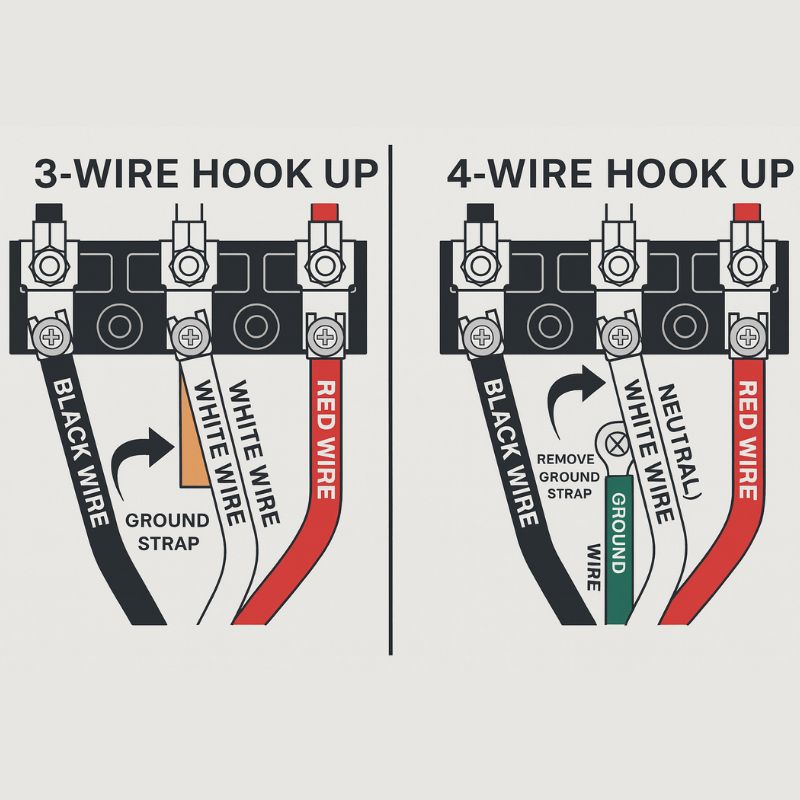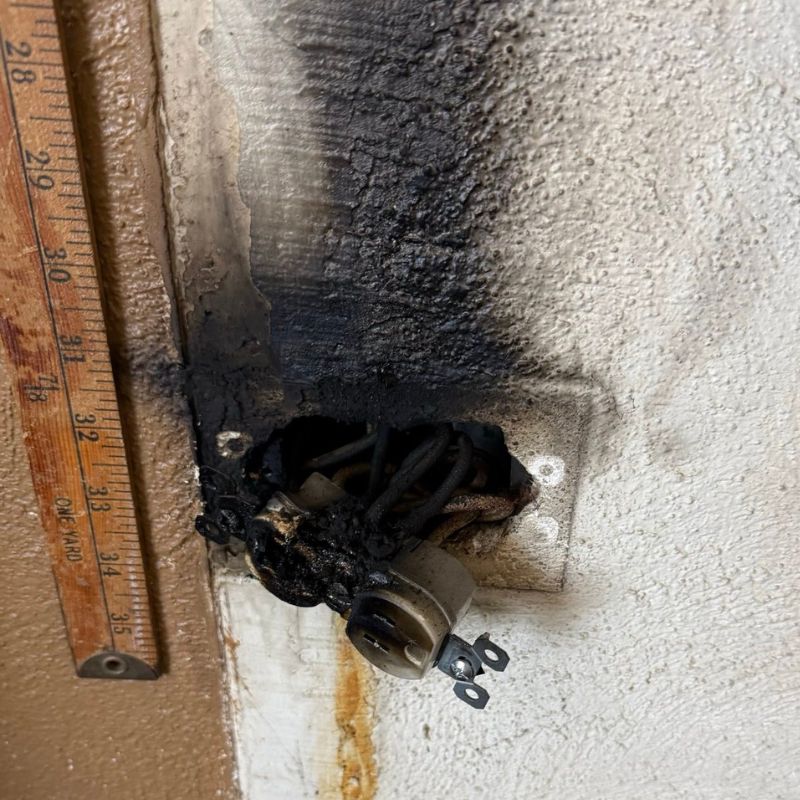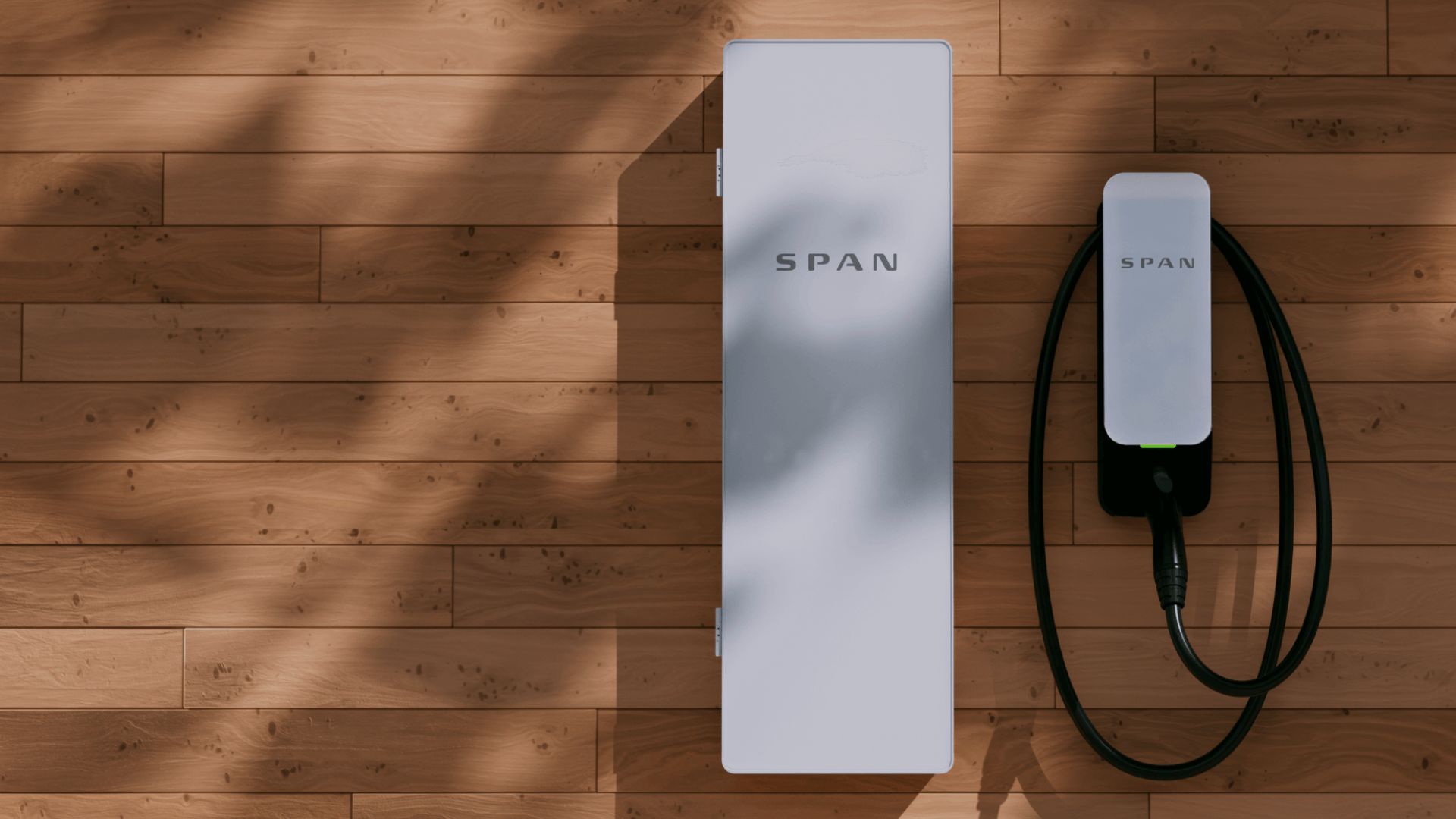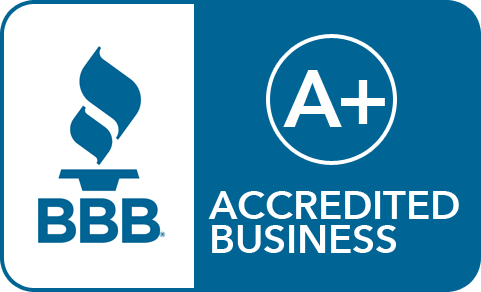Contents
- How to Read Your Home Breaker Box Safely
- What Is a Breaker Box, Really?
- How to Open a Circuit Breaker Box
- What Does a Main Breaker Look Like?
- How Electrical Panels Work (A Quick Breakdown)
- Understanding the Breaker Switches
- Labeling Your Breaker Panel
- How to Reset a Tripped Breaker
- How to Remove a Circuit Breaker (Only If You Must)
- Can You Add More Circuits?
- What About Subpanels?
- Breaker Box Safety Tips
- FAQ
- Don’t Be Scared of the Switches
How to Read Your Home Breaker Box Safely
Let’s be honest—most people don’t pay attention to their home breaker box until something stops working.

The lights flicker, the microwave dies mid-popcorn, and suddenly you’re standing in front of that mysterious metal box in your utility room, wondering what to do.
The good news? You don’t need to be an electrician to learn how to read a breaker box.
With just a little knowledge, you can safely reset a breaker, troubleshoot minor issues, and know when to call a pro.
In this guide, we’ll walk you through how to use a breaker box, how to identify parts like the main breaker, and even cover how electrical panels work—all in a clear, non-intimidating way.
What Is a Breaker Box, Really?
A breaker box, also called a circuit breaker panel or panel box, is the command center for your home electricity. This is where power from the utility company enters your home and gets distributed to individual circuits.
Inside, you’ll find breaker switches that control electricity to different areas like your kitchen, bathroom, garage, or HVAC system. These breakers also protect your home by tripping during overloads, arc faults, or short circuits.
Understanding how it works helps you stay safe and avoid unnecessary stress. It’s also the first step in learning how to read a breaker box.
How to Open a Circuit Breaker Box
Step one? Don’t be afraid of the box.
If you’re not sure how to open a circuit breaker box, here’s what to do:
- Locate it—usually in a utility room, basement, garage, or sometimes on an exterior wall.
- Open the metal door. No special tools or codes needed—just a firm pull.
Inside, you’ll see rows of switches (breakers), labels (hopefully), and at the top (or bottom), the main breaker.
What Does a Main Breaker Look Like?
One of the first things you’ll notice inside the panel is the main breaker, usually located at the top of the panel. Wondering exactly what does a main breaker look like?

Here’s what to look for:
- It’s a large switch—wider than the others
- It often says “MAIN”
- It lists the amperage rating, usually 100, 150, or 200 amps
The main breaker controls the electricity flow into the entire home. Flip it off, and you cut all power. This is crucial during emergencies or when doing any serious electrical work.
How Electrical Panels Work (A Quick Breakdown)
Still wondering how electrical panels work? Think of your panel as a large power router.
Here’s how it functions:
- Electricity comes in from your utility company.
- It enters the breaker box wiring and flows to the main breaker.
- From there, power is distributed to each breaker switch, each connected to a different circuit in your home.
- If there’s an issue—overload, short, or fault—the breaker trips to cut power and prevent fires or shock hazards.
All that magic happens inside one tidy metal box. Pretty cool, right?
Understanding the Breaker Switches
Now let’s break down the types of breaker switches in your panel.
Single-Pole Breakers
- Control lights, outlets, and small appliances
- Usually rated for 15–20 amps
- Handle one hot wire
Double-Pole Breakers
- Control large appliances like dryers or stoves
- Rated 30–50 amps
- Handle two hot wires
- Take up two slots
GFCI & AFCI Breakers
- GFCI protects against shock, especially near water
- AFCI detects dangerous electrical arcs
- Required in new homes and renovations to meet electrical codes
Need to upgrade for code compliance? We do panel upgrades across the Denver metro: Electrical Panel Upgrades and Repairs
Labeling Your Breaker Panel
Proper labeling is one of the most helpful things you can do. It turns a guessing game into a five-second solution when the power goes out.

Here’s how to label your breakers:
- Turn on lights or plug in devices in each room.
- Flip each breaker OFF one at a time.
- Note what turns off.
- Use a marker or label maker to label each switch directly on the panel and inside the door.
If your breaker panel is missing labels—or you just moved in—it’s worth the time to do this. Trust us: future-you will thank you.
How to Reset a Tripped Breaker
Ever lose power in just one room? You’re probably dealing with a tripped circuit breaker.
Here’s how to fix it:
- Open the panel and look for a switch that’s halfway between ON and OFF.
- Flip it fully to OFF.
- Then flip it back to ON to restore power.
If the breaker trips again, don’t force it. You may have overloaded the circuit or there may be damaged wire connections, hot wires, or appliance issues. When in doubt, it’s time to call a pro.
How to Remove a Circuit Breaker (Only If You Must)
If you’ve ever Googled how to remove a circuit breaker, you’ve probably read conflicting advice. So here’s the truth: you can do it yourself—but you probably shouldn’t.
It involves:
- Shutting off the main breaker
- Verifying no voltage is present
- Carefully removing the breaker without damaging the breaker box wiring
Even one wrong move can expose you to live voltage, damage your panel box, or cause a fire. Unless you’re licensed or very experienced, it’s best to leave it to the pros.
Can You Add More Circuits?
If your circuit breaker panel has empty slots, you may be able to install new breakers to power things like:

- A home office
- A new EV charger
- A hot tub
- A finished basement
But older homes often don’t have enough capacity. Many still use outdated panels or have maxed out their amperage rating. In these cases, you’ll need a full panel upgrade.
We offer expert home electrical upgrades across Colorado.
What About Subpanels?
Some larger homes or remodeled properties have a secondary panel—called a subpanel—which distributes power to a certain section of the house, like an addition or detached garage.
They connect to the main breaker box and are useful when your primary panel doesn’t have room for more circuits.
Breaker Box Safety Tips
Working around electricity is no joke. Here’s how to stay safe:
- Keep hands and floors dry
- Stand on a rubber mat
- Never touch exposed wires
- Shut off the main breaker before doing any electrical work
- If you see burn marks or smell anything weird—call a professional ASAP
We offer emergency electrical service 24/7 across the Denver metro area and down to Colorado Springs.
FAQ
How do I read a breaker box?
Start by opening the panel and locating the main breaker and individual breakers. Identify what each one controls and label them. Understand how they function and look for signs of tripping or damage. That’s the foundation of knowing how to read a breaker box.

How do I use a breaker box?
To use a breaker box, you’ll need to know how to reset tripped breakers, label circuits, and safely turn off power when needed. Understanding how to use a breaker box also includes knowing when to shut off the main breaker before repairs.
Don’t Be Scared of the Switches
Your breaker box isn’t some mysterious force—it’s a safety device designed to protect your home and keep things running smoothly.
Now that you know how to use a breaker box, how it works, and what each component does, you’re better equipped to troubleshoot, stay safe, and make smarter electrical decisions.
Need help?
Whether it’s tripping breakers, adding new circuits, or a full panel replacement, The Electricians are ready to help you power your home safely.
Related Posts
If you enjoyed reading this, then please explore our other articles below:







